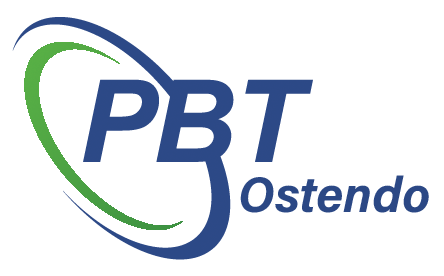Ostendo Cost Centres Explained
Ostendo Cost Centres
Ostendo uses the concept of Cost Centres to map the transactional postings to a General Ledger Account Code in your 3rd Party Accounting System (MYOB, Xero or Sage Evolution).
PBT has put together document that expains what each of the cost centres is, what Account Type it is and whether it is a Balance Sheet or P&L Account.
This document is invaluable for understanding the effect of your Ostendo transactions in your General Ledger. A sample extract of this document is below.
| Cost Centre | Description | Balance Sheet or P&L | Account Type | Notes |
|---|---|---|---|---|
| ASSEMBLY VAR | Assembly Order Cost Variance | P&L | Trading Expense | If the Assembly Order has been completed and its status is ‘Closed’ then any subsequent Issues or Bookings to this Order will go direct to this Cost Centre rather than the Assembly Work In Progress Cost Centre. |
| ASSEMBLY WIP | Assembly Order Work in Progress | Balance Sheet | Inventory | For any Issues (Material, Labour, Descriptors, etc) that have been issued to Work In Progress for an Assembly Order the cost of that issue is ‘posted’ to this Cost Centre. Note: The cost of the Assembly Order is taken out of this Cost Centre whenever the |
| BANK | Bank Account | Balance Sheet | Bank | Upon validation that the Payment was banked (Deposit Slip status updated to ‘Banked’ then the amount is transferred from the ‘Un-deposited Funds’ Cost Centre and ‘posted’ to this Cost Centre |
| CATALOGUE EXPENSES | General Catalogue Expenses | P&L | Expense | This is the default Cost Centre used by Supplier Catalogue Items. This Cost Centre is used as the ‘allocated’ Cost Centre during Purchase Receipts. If a Supplier Catalogue is allocated a specific Cost Centre, then that will be used in preference to this |
| CONTRACT COSTS | Invoice Contract Costs | P&L | Trading Expense | Where a Job has been created for a ‘Contract’ Type, or any Recurring Invoice lines have a cost, where the ‘Actual Issues’ are allocated to the ‘Charge’ style of ‘Contract’, then the costs are posted, as a Debit, to the CONTRACT COSTS Cost Centre. |
| CONTRACT INCOME | Invoice Contract Income | P&L | Trading Income | Where an Invoice has been created from either a ‘Contract’ Job or a Recurring Invoice, the contract Income is posted, as a Credit, to the CONTRACT INCOME Cost Centre. |
| COUNT STOCK | Stock Count Variance | P&L | Trading Expense | Stock variances (plus or minus) as a result of a Stock Count are ‘posted’ to this Cost Centre. |
| CREDITORS | Creditors / Suppliers | Balance Sheet | Accounts Payabale | Whenever a Purchase Invoice is received then the amount of that Invoice is ‘posted’ to this Cost Centre. |
| DEBTORS | Debtors / Customers | Balance Sheet | Accounts Receivable | Whenever an Invoice (or credit) is raised then the amount of that Invoice is ‘posted’ to this Cost Centre. Whenever a Deposit or Payments is matched to an Invoice then it is moved from this Cost Centre to the above Sales Invoice, Sales Freight, and Sales |
| DEFERRED COGS | Deferred Cost of Goods Sold | P&L | Trading Expense | The value of any Retention amount raised against a Job Order Invoice will take the cost of the Retention out of the ‘Job Work In Progress’ Cost Centre and add it to this Cost Centre. |
| DEFFERED FREIGHT | Deferred Freight | P&L | Expense | This is only used in ‘Progress Claim’ environments that have an Invoicing Schedule where the specific scheduled Invoice has an Accounting Style of ‘Income Deferred’. This provides facility to have this type of Freight deferred for future P & L recognition |
| DEFFERED INCOME | Deferred Income | P&L | Trading Income | This is only used in ‘Progress Claim’ environments that have an Invoicing Schedule where the specific scheduled Invoice has an Accounting Style of ‘Income Deferred’. This provides facility to have this type of Income deferred for future P & L recognition. |


